

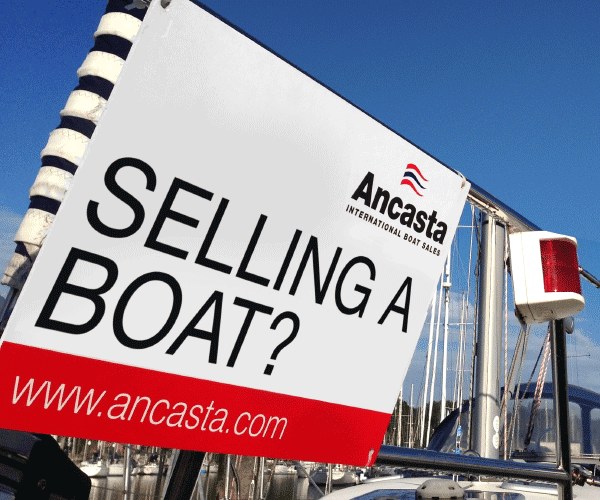




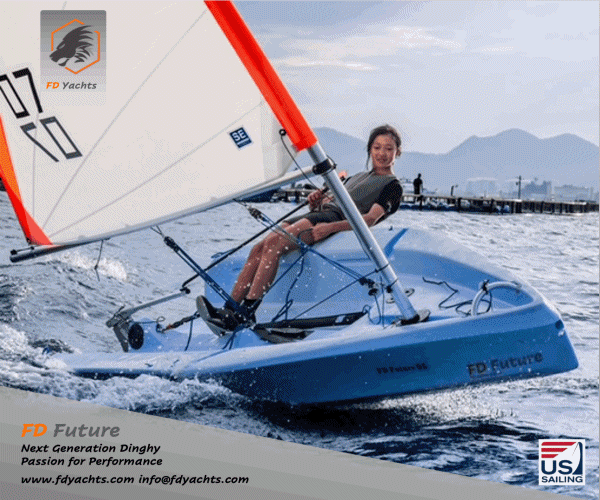
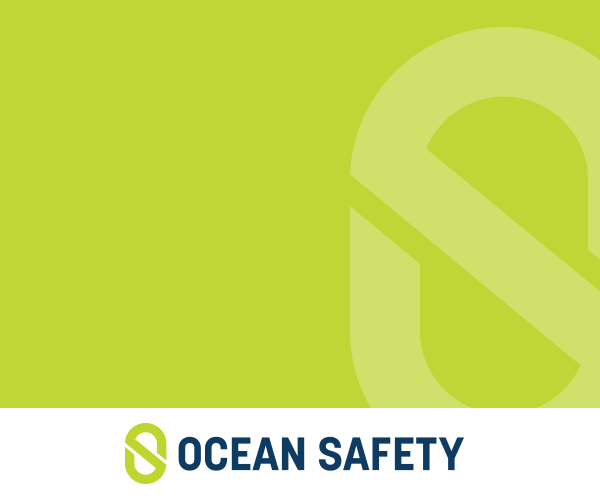

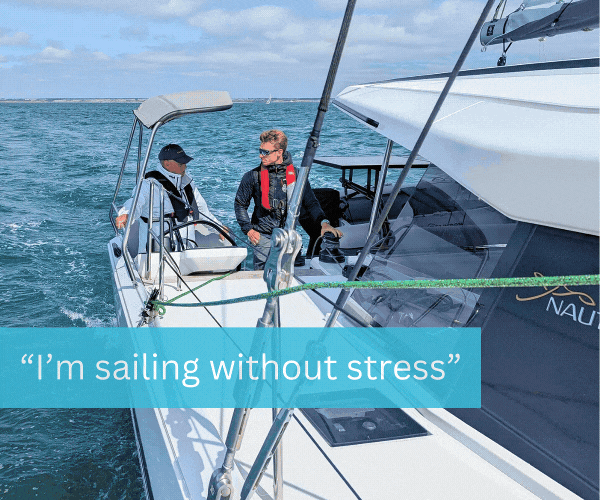

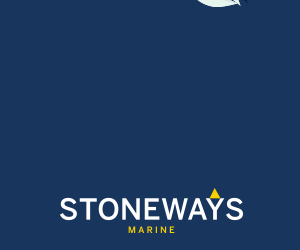
| Laser 140101 Tynemouth |
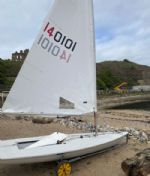 |
| Rossiter Pintail Mortagne sur Gironde, near Bordeaux |
 |
| Laser 28 - Excellent example of this great design Hamble le rice |
 |
List classes of boat for sale |
Sailing rules |
Post Reply 
|
Page <1 23456 7> |
| Author | |||
jeffers 
Really should get out more 

Joined: 29 Mar 04 Location: United Kingdom Online Status: Offline Posts: 3048 |
 Post Options Post Options
 Quote Quote  Reply Reply
 Topic: Sailing rules Topic: Sailing rulesPosted: 21 Feb 06 at 12:32pm |
||
|
If you are close hauled do you not have right of way over a boat that is not close hauled? I always though this was the case, it may not be defined explicitly in the RRS but it may be definied in ColRegs which is what you should fall back on to should the RRS not cover the situation (loosely covered by Rule 14 stating you must avoid a collision wherever possible).
Were the close hauled boat to change course to avoid the boat coming downwind then they would have to ensure that they give the other boat sufficient time to react (right of way boat changing course, rule 16?) Regards, Paul |
|||
|
Paul
---------------------- D-Zero GBR 74 |
|||
 |
|||
gordon 
Really should get out more 
Joined: 07 Sep 04 Online Status: Offline Posts: 1037 |
 Post Options Post Options
 Quote Quote  Reply Reply
 Posted: 21 Feb 06 at 12:46pm Posted: 21 Feb 06 at 12:46pm |
||
|
Would somebody please lend "far canal" a rule book. He might then be able to read the following definition ..."When sailing by the lee or directly downwind, her leeward side is the side on which her mainsail lies. The other side is her windward side. When two boats on the same tack overlap, the one on the leeward side of the other is the leeward boat. the other is the windward boat." In the sketch both boats have the other on their windward side, and they are both overlapped on the same tack. (Italics refer to RRS definitions) If "far canal" could then turn to Rule 11 he would read "When boats are on the same tack and overlapped, a windward boat shall keep clear of a leeward boat." In this case neither boat can be windward boat as they do not have a boat on the side on which their mainsail lies. Both are leeward boats Rule 11 does not apply.
To quote " It's flippin' simple". The writer of the rules used a specific definition of windward and leeward which is slightly different from the accepted nautical usage. Thes makes the setling of disputes about boats relative positions much simpler. It also, in this very specific instance, introduces a paradox that causes few problems (except apparently of comprehansion) because both boats are bound by Rule 14 Avoiding Contact. You may wish to change this rule. In which case - good luck in both drafting a more adequate text then in getting it voted by ISAF!
Gordon |
|||
|
Gordon
|
|||
 |
|||
tack'ho 
Really should get out more 
Joined: 08 Feb 06 Location: United Kingdom Online Status: Offline Posts: 1100 |
 Post Options Post Options
 Quote Quote  Reply Reply
 Posted: 21 Feb 06 at 1:04pm Posted: 21 Feb 06 at 1:04pm |
||
|
Amen
|
|||
|
I might be sailing it, but it's still sh**e!
|
|||
 |
|||
dics 
Far too distracted from work 
Joined: 05 Oct 05 Online Status: Offline Posts: 317 |
 Post Options Post Options
 Quote Quote  Reply Reply
 Posted: 21 Feb 06 at 1:14pm Posted: 21 Feb 06 at 1:14pm |
||
|
Thanks for your comments. I was really unsure of any rights I would have in such as situation and still unsure (!) although Gordons reply has sent me off in the right place to look in the rule book. In this sitiation I was aware of the beating boat and I gave room - it was the natural thing to do. It was only when ashore I started pondering the question.
|
|||
 |
|||
gordon 
Really should get out more 
Joined: 07 Sep 04 Online Status: Offline Posts: 1037 |
 Post Options Post Options
 Quote Quote  Reply Reply
 Posted: 21 Feb 06 at 1:51pm Posted: 21 Feb 06 at 1:51pm |
||
|
If you are close hauled do you not have right of way over a boat that is not close hauled? This was true in the version of the Rules agreed in 1929 by the IYRU, the NAYRU and the New York Yacht Club. However there have been a few changes since then. The present version of the rules have been in use, with minor variations since 1997. The International Regulations for Preventing Collisions at Sea (IRPCAS) do not apply between boats that are sailing in or near the racing area and intend torace, are rcing or have been racing. They are not a "fall-back" set of rules when boats do not knoçw which Racing Rule applies. In the same way the Highway Code does not apply when racing Karts or Formula One cars. Gordon |
|||
|
Gordon
|
|||
 |
|||
catmandoo 
Really should get out more 
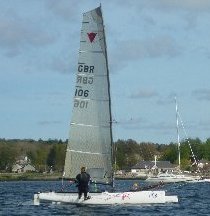
Joined: 16 Mar 04 Online Status: Offline Posts: 545 |
 Post Options Post Options
 Quote Quote  Reply Reply
 Posted: 21 Feb 06 at 3:59pm Posted: 21 Feb 06 at 3:59pm |
||
|
Similar scenario happens regularly in radio control laser racing with port roundings on win lee course (no spreader mark ) but other way round , boats running down by the lee on starboard and boats beating up on starboard , both are each others windward boats by definitions above and both again must keep clear. In ignorance there are shouts of starboard from running boat , then "winward boat" "ya loony" from beating boat "and I'm on strbd too!" running boat apologises and gives ways or smacks into tother ! When it seems both should give the other room from above . Gets pretty hectic with 15 to 20 boats all in this situation .
Spreader mark will help , but not usually enough room.
Edited by catmandoo |
|||
|
|
|||
 |
|||
JimC 
Really should get out more 

Joined: 17 May 04 Location: United Kingdom Online Status: Offline Posts: 6662 |
 Post Options Post Options
 Quote Quote  Reply Reply
 Posted: 21 Feb 06 at 4:59pm Posted: 21 Feb 06 at 4:59pm |
||
|
If you're really concerned you can always use the RYA rule query service.
I think some of the more aggressive posters here need to calm down a bit. |
|||
 |
|||
far canal 
Posting king 
Joined: 01 Feb 06 Location: Micronesia Online Status: Offline Posts: 110 |
 Post Options Post Options
 Quote Quote  Reply Reply
 Posted: 27 Apr 06 at 1:46pm Posted: 27 Apr 06 at 1:46pm |
||
|
Confirmation from rya.
The rules aren't as daft as you think ! this scenario is covered .
From Definition rules 2005 - 2008 " A boats leeward side is the side that is or , when head to wind , was away from the wind " excerpt from definition .(the bit Gordon doesn't quote above) So the boat running by the lee in this scenario has the boat boat beating on its leeward side and has to give way ,the boat beating has its leeward side AWAY from the running boat so running boat is to windward , as we all (mostly) thought in the first place .
Common sense reigns
the second part of the definition regarding the side of boat and boom position merely clarifys that a boat running by the lee is on whatever tack that the boom position dictates , not wind direction , the first bit of definition takes precedence as boats will be on same tack.
you can pull this apart as much as you like (whoever) but I'm happy that this shows that windward boat keeps clear and winward boat is one nearest the wind wherever her boom is ! PS. Gordon next time you quote a definition , quote it in intirety or at least say you missed the first bit out. Edited by far canal |
|||
 |
|||
Stefan Lloyd 
Really should get out more 
Joined: 03 Aug 04 Online Status: Offline Posts: 1599 |
 Post Options Post Options
 Quote Quote  Reply Reply
 Posted: 27 Apr 06 at 4:56pm Posted: 27 Apr 06 at 4:56pm |
||
|
I'm probably going to regret responding to this but here goes. The original question was: A boat on “conventional” port tack sailing by-the-lee meets another boat on port beating to windward. The beating boat hails “Windward boat keep clear!”. Do any of the rules, rule in favour of the boat sailing by-the-lee? If the boat is sailing by the lee by a typical 10 degrees or so for an unstayed rig, then in order for the boats to be on a collision course, the beating boat will be approaching from the starboard side of the running boat (running boat's view). The "rules" and "common-sense" definitions of windward and leeward agree and the running boat must keep clear. I think we all agree on that. The fact that the running boat is by the lee makes no difference. Port/starboard is defined by the position of the main, not the direction of the wind. Gordon then came up with another scenario. Here the by-the-lee boat is running so deep that the boats are on nearly reciprocal courses. In order for the boats to be on collision course, the windward boat is now approaching from the port side of the running boat. As he has argued, by the definitions of the rules, both boats are to windward of each other and both/neither have right of way. The original question didn't make it clear which scenario applied, but in the 20+ years I've been racing, the first happens all the time but I can't remember an instance of the second. I agree it is conceivable and I agree with Gordon's interpretation of the rules. It is an intriguing hole in the rules. However I think it unlikely that it is actually answering the question. I think a lot of the confusion has arisen because people think Gordon is talking about the first scenario rather than the second. It certainly confused me for a while. |
|||
 |
|||
sargesail 
Really should get out more 
Joined: 14 Jan 06 Location: United Kingdom Online Status: Offline Posts: 1459 |
 Post Options Post Options
 Quote Quote  Reply Reply
 Posted: 27 Apr 06 at 6:16pm Posted: 27 Apr 06 at 6:16pm |
||
|
In gordon's sketch the boats arent overlapped (yet)! And neither is clear astern! So neither is yet obligated to keep clear! If they are on a collision course then I would argue that gordon's second scenario as explained by Stefan is impossible - at least part of the leeward side of one of the boats must be creating the overlap. And if they are side by side (ie become overlapped) (not for long - closing speed will be large!) then neither have become obligated to keep clear! And neither are constrained in the right to luff apart from by allowing room to keep clear if they luff or bear away - neither establish the overlap from clear astern. So it really is a knotty one - but if the running boat gybes she is establishing rights and must therefore give an oppurtunity to keep clear. If she luffs at any time once overlapped it would be almost impossible for the close-hauled boat to keep clear. The port tack boat has less speed and freedom of manoeuvre. My view - if they touch - flick both the "t**ts.
|
|||
 |
|||
Post Reply 
|
Page <1 23456 7> |
| Forum Jump | Forum Permissions  You cannot post new topics in this forum You cannot reply to topics in this forum You cannot delete your posts in this forum You cannot edit your posts in this forum You cannot create polls in this forum You cannot vote in polls in this forum |
Copyright ©2001-2010 Web Wiz
Change your personal settings, or read our privacy policy











 Printable Version
Printable Version Delicious
Delicious Digg
Digg Facebook
Facebook Furl
Furl Google
Google MySpace
MySpace Newsvine
Newsvine reddit
reddit StumbleUpon
StumbleUpon Twitter
Twitter Windows Live
Windows Live Yahoo Bookmarks
Yahoo Bookmarks Topic Options
Topic Options